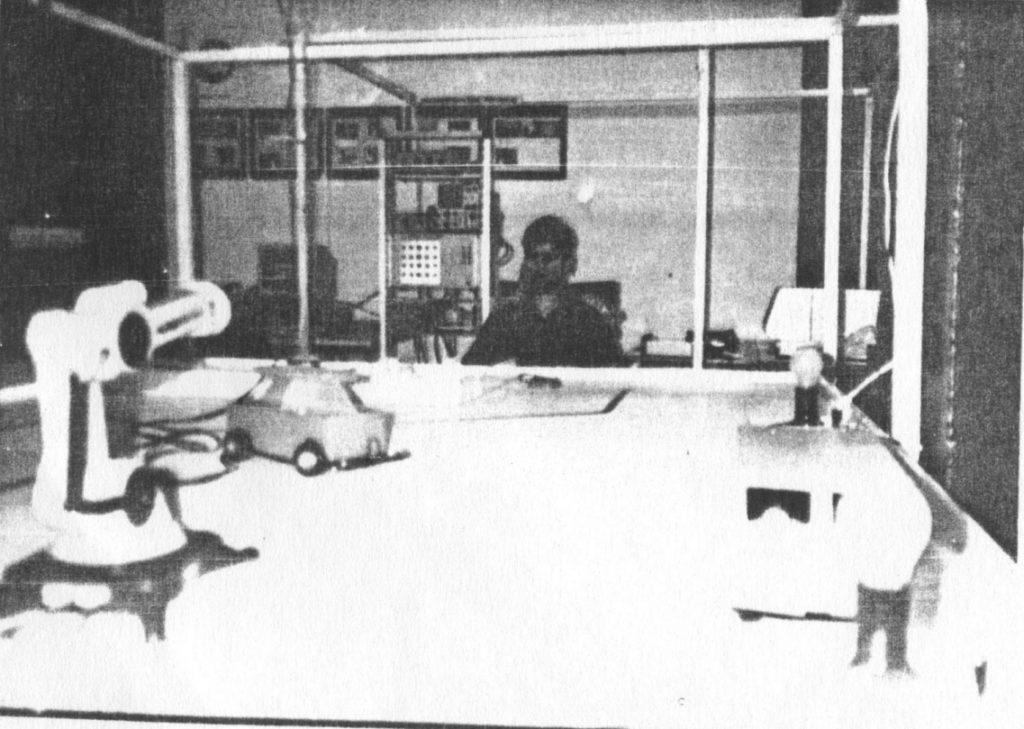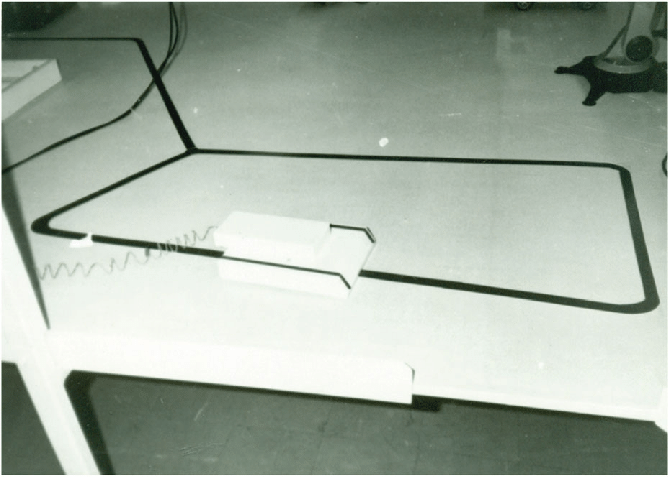IEEE Milestone recognition for a scientific achievement in Macedonia in 1988
The IEEE History Committee recommended the IEEE Board of Directors to award a Milestone status to the achievement “First control of movement of a physical object using signals emanating from a human brain, 1988”.
This is the first time an IEEE Milestone recognition was awarded to a Brain-Computer Interface achievement.
The Milestone plaque reads:
First Robotic Control from Human Brain Signals, 1988
In 1988, in the Laboratory of Intelligent Machines and Bioinformation Systems, human brain signals controlled the movement of a physical object (a robot) for the first time worldwide. This linked electroencephalogram (EEG) signals collected from a brain with robotics research, opening a new channel for communication between humans and machines. EEG-controlled devices (wheelchairs, exoskeletons, etc.) have benefitted numerous users and expanded technology’s role in modern society.
Historical background
The 1988 demonstration experiment showed a robot moving along a closed line drawn on a floor surface, controlled by move/stop commands translated from EEG alpha rhythm changes in a human brain. The robot was Elehobby Line Tracer, purchased at the Akihabara market in Tokyo, Japan, in 1984.
The event took place in the Laboratory of Intelligent Machines and Bio-information Systems at the Electrical Engineering Department at the Ss Cyril and Methodius University in Skopje. The members of the team that made the achievement were Stevo Bozinovski and Mihail Sestakov from the Electrotechnical Faculty (presently FEEIT), and Liljana Bozinovska, MD from the Institute of Physiology, Faculty of Medical Sciences. The scientific report was published in the proceedings of the IEEE Engineering in Medicine and Biology Society Conference, in New Orleans, in 1988.
Points of significance of this pioneering achievement
For the first time,
- A relation between two previously distant areas of research was established, robotics and EEG signals.
- A new communication channel was created between humans and robots.
- A lasting challenge, the engineering solution of the psychokinesis problem was solved.
- A block-diagram of a brain-computer interface was presented
- A machine learning algorithm was used in a brain-computer interface research.
The achievement was significantly ahead of time: the second control of a robot using brain signals was achieved 11 years later, in 1999, when the team led by Nicolelis from the Duke University used rat’s brain to control robot arm.
More details can be found here.
The unveiling of the appropriate bronze plaque will be part of the dedicated event on 10 October 2023.

The lab, with Subject (student) seating in chair observing the controlled robot









